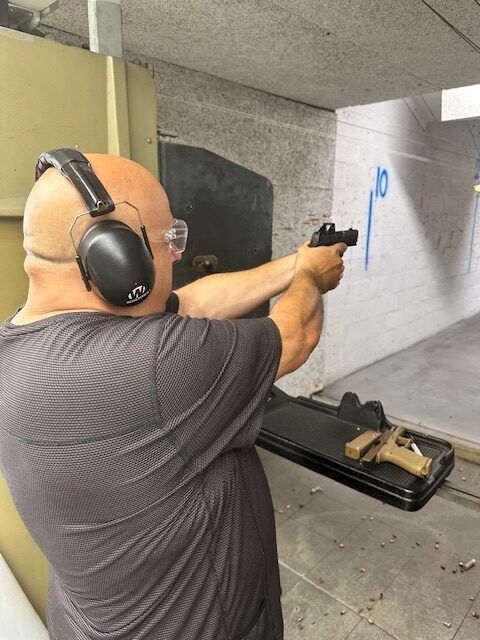Handgun Malfunctions
Handgun Malfuntions
Common Handgun Malfunctions and How to Fix Them
Understanding handgun malfunctions is essential for every responsible gun owner. Whether you're at the range or in a defensive scenario, knowing how to quickly identify and resolve a malfunction can be the difference between safety and danger. Malfunctions typically fall into three categories: failure to feed, failure to fire, and failure to eject, though others can occur. Here's a breakdown of the most common issues and their fixes.
1. Failure to Feed
This occurs when a round does not successfully enter the chamber from the magazine. Causes may include a dirty or damaged magazine, weak magazine spring, or improper grip (often called "limp-wristing"). To correct this, safely perform a "tap, rack, reassess" drill: tap the magazine to ensure it's seated, rack the slide to chamber a new round, and reassess your target. Regular cleaning and inspection of magazines can prevent this issue.
2. Failure to Fire (Misfire)
This malfunction happens when the trigger is pulled, but the round does not ignite. Often caused by a faulty primer, light firing pin strike, or improper ammunition, the fix again begins with the "tap, rack, reassess" method. If the round still fails to fire after chambering a new one, inspect your ammunition and consider having the firearm checked by a gunsmith for mechanical issues.
3. Failure to Eject (Stovepipe)
In a stovepipe malfunction, the spent casing gets caught in the ejection port, resembling a small “stovepipe.” This is usually caused by a dirty extractor, weak recoil spring, or inconsistent grip. To clear it, tilt the gun slightly and rack the slide briskly to eject the casing and chamber a fresh round. Prevent stovepipes with regular maintenance and a firm, consistent shooting stance.
4. Double Feed
A double feed occurs when two rounds try to enter the chamber simultaneously, typically due to a magazine or extractor issue. Clearing a double feed requires locking the slide to the rear, removing the magazine, racking the slide several times to clear the chamber, reinserting the magazine, and chambering a round. This malfunction is more complex and may require practice to clear efficiently under stress.
5. Failure to Go into Battery
This malfunction happens when the slide does not fully close, preventing the gun from firing. Causes can include debris in the chamber, an oversized round, or lack of lubrication. Tap the rear of the slide gently to see if it seats fully, or rack the slide to chamber a new round. Keeping your firearm clean and well-lubricated helps prevent this issue.
Each of these malfunctions can be addressed with proper training and regular firearm maintenance. Integrating malfunction drills into your practice sessions will improve your ability to respond quickly and safely under pressure. Always prioritize safety by keeping your firearm pointed in a safe direction and your finger off the trigger during any clearing procedure.

